07-10-Daily AI News Daily
AI Insights Daily 2025/7/10
AI Daily | 8 AM Update | All-Network Data Aggregation | Cutting-Edge Science Exploration | Industry Voice | Open-Source Innovation Power | AI and Human Future | Visit Web Version ↗️
AI Content Summary
Feishu drops new enterprise AI products, Moonvalley unveils HD video model.
Alibaba, Hugging Face open-source AI models, pushing tech accessibility and progress.
AI Education Academy to be established. Ziyuan Robot goes public, AI pharma biz models face hurdles.AI Product and Feature Updates
Feishu recently launched a bunch of new enterprise-grade AI products, including Knowledge Q&A, AI Meeting, Aily, and Feishu Miaoda. The goal? To supercharge AI adoption in businesses and make operations way more efficient. Feishu also unveiled the industry’s first AI application maturity model, rolled out a high-performance multi-dimensional spreadsheet that handles millions of data rows, and dropped the Feishu Developer Suite – empowering companies to build AI apps with Aily and Feishu Miaoda. Talk about helping businesses go fully smart! 🤩
Moonvalley recently dropped its shiny new AI video generation model, Marey Realism v1.5. This bad boy natively supports 1080P HD video generation and is 100% trained on licensed content, totally dodging copyright risks. Packed with features like super precise prompt interpretation and cinematic motion/lighting effects, this model is a game-changer for film production and advertising. Plus, they’re planning to add pose and action transfer features down the road! 🎬🔐

Columbia University students Antonio Li and Patrick Shen have cooked up Truely, an AI detection tool designed to fight back against Cluely. What’s Cluely? It’s an AI desktop assistant, created by Roy Lee and Neel Shanmugam, that can auto-join meetings and interviews. While Truely’s current version is a bit clunky to use, it’s a solid way to fight back against AI-powered cheating. On the flip side, security researcher Jack Cable got hit with a DMCA complaint for spilling the beans on Cluely’s prompts, igniting a hot debate about intellectual property versus research freedom. 🤖⚖️
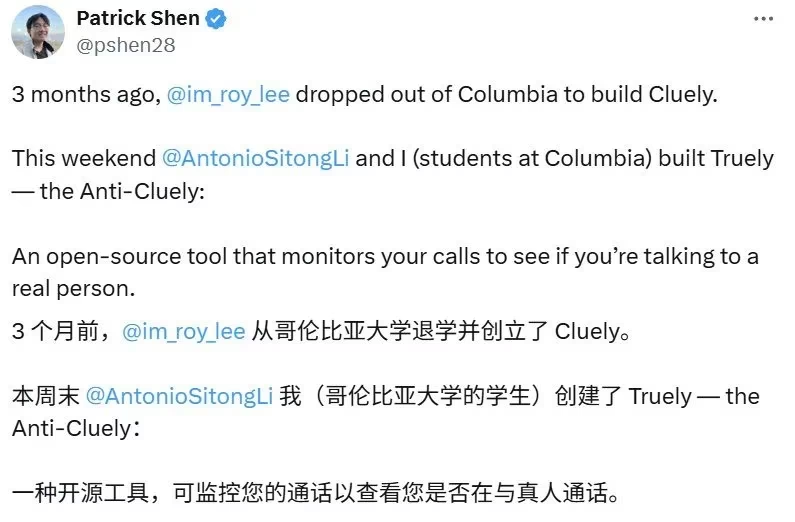
More Details
AI Frontier Research
Researchers at ETH Zurich have put multimodal large models, including GPT-4o, through their paces on standard computer vision tasks. What’d they find? GPT-4o crushes it in semantic understanding, but its geometric reasoning is still kinda shaky. Good news, though: the study showed that new “reasoning-type models” are making huge strides in geometric tasks, and using Prompt Chaining can massively boost model performance. 🤔🧪
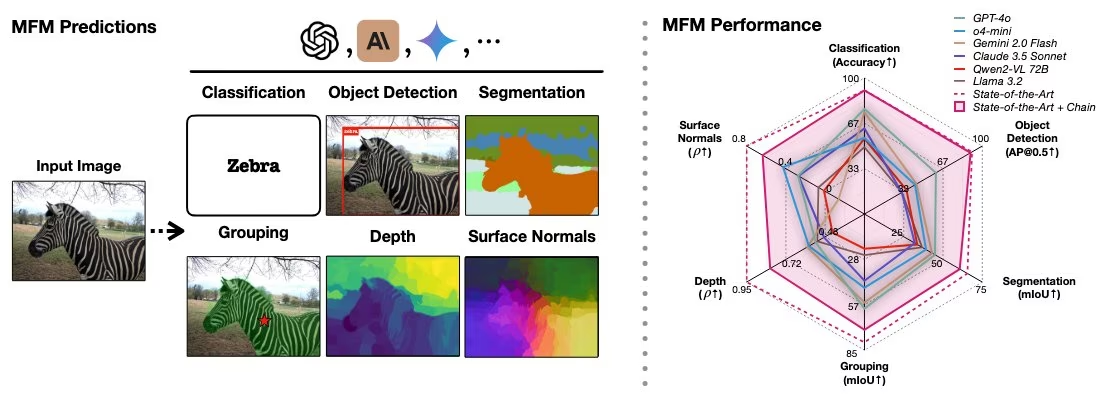
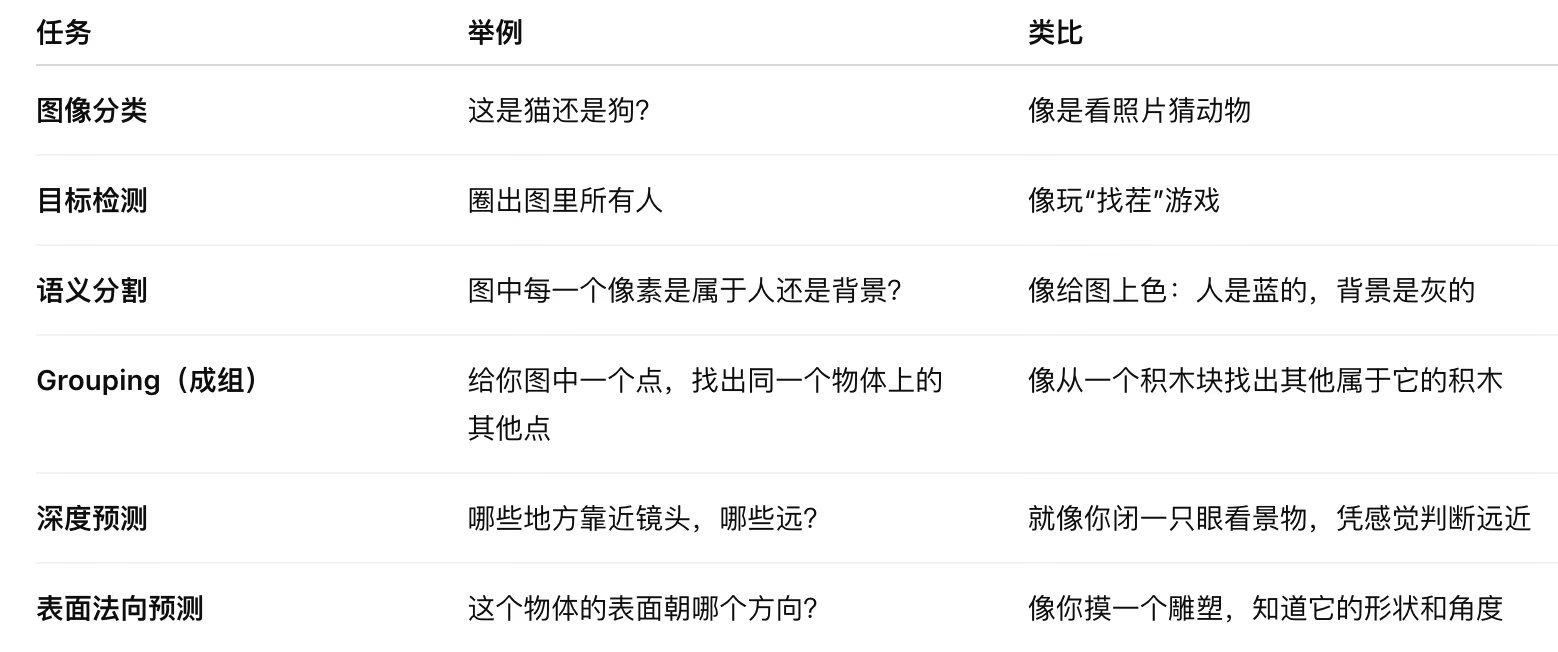
Paper LinkHugging Face just open-sourced SmolLM3, a lightweight large language model packing 3B parameters that actually gives 4B models a run for their money in a bunch of benchmarks. This bad boy rocks unique dual-mode inference and handles super long contexts up to 128K. Plus, it natively supports six languages! The whole idea is to boost the open-source AI ecosystem and get this model running efficiently on edge devices. Pretty cool, right? ✨🌐
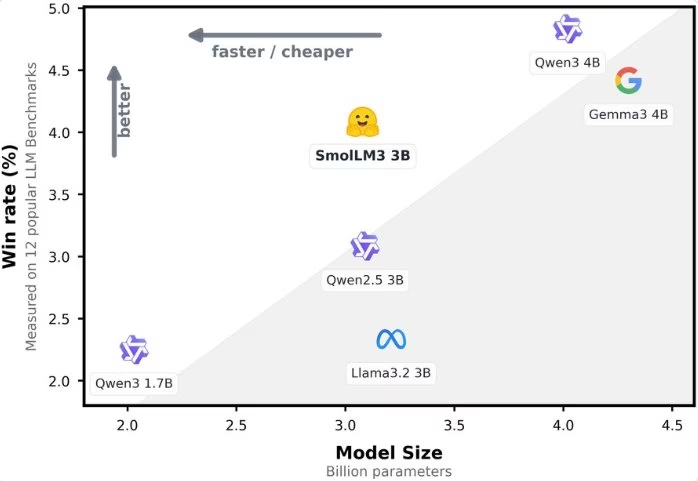
Model LinkThe Alibaba Audio AI Team just open-sourced ThinkSound, the world’s first audio generation model that actually supports chain-of-thought reasoning. By rocking chain-of-thought tech, this model delivers super high-fidelity, perfectly synchronized spatial audio generation. It’s kicking AI audio tech up a notch from simple voiceovers to actually understanding and structuring visuals! ThinkSound absolutely crushed it in tests, beating out mainstream methods. We’re talking big potential here for game development and virtual reality, really speeding up how audio generation tech becomes accessible to everyone. Sound cool? You bet! 🎧✨
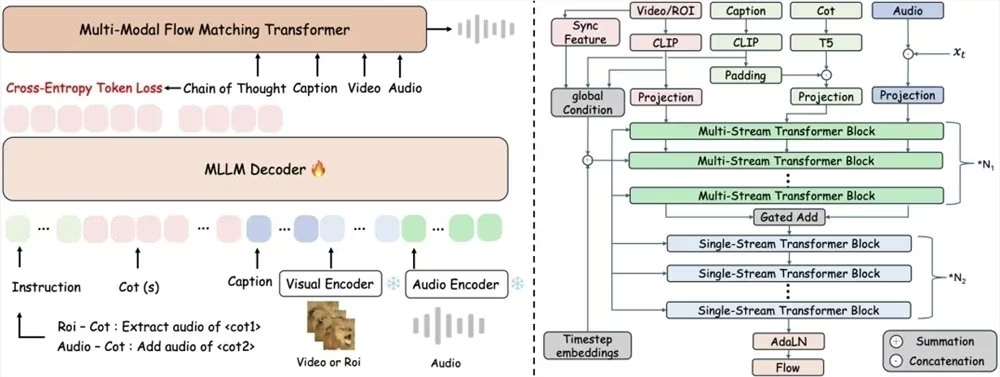
Model LinkOmniPart is a fresh take on a part-aware 3D object generation framework. It literally chops up complex generation tasks into two stages – structure planning and synchronized part synthesis – nailing high semantic decoupling and super strong structural cohesion. This method lets users define how detailed their parts are, localize them precisely, and supports a whole bunch of downstream applications. Basically, it’s clearing the path for creating 3D content that’s easier to understand, tweak, and use for a ton of stuff! 🏗️🎨 Paper Link
This new research drops the “Coding Triangle” framework, designed to rigorously test large language models (LLMs) on their code understanding skills. What’s the scoop? Even though LLMs can create self-consistent systems, their solutions aren’t as diverse or robust as human-generated ones, and their errors tend to pile up because of training data bias. The study also spilled the beans: combining human-generated material with model merging can supercharge LLMs’ performance and robustness. Plus, it sheds light on LLM cognition’s quirks, pointing the way for future dev of even stronger coding models. 🚀💡 Paper Link
AI Industry Outlook and Social Impact
The American Federation of Teachers (AFT), backed by a sweet $23 million from Microsoft, OpenAI, and Anthropic, is launching the National AI Education Academy in New York City this fall. This academy will dish out free, hands-on AI training for educators. The big idea? To help teachers get a grip on new tech, make sure they stay in charge in education, and push for AI tools that really work for students. This move is gonna totally shake up how teaching looks in the future! 🍎📚
Maggie Basta, VP at Scale Venture Partners, just published an article digging deep into the future and value of AI-driven drug discovery. Her take? Even though AI has game-changing potential, the biz model for AI pharma still faces some serious hurdles. She warns against the limits of pure software models and suggests focusing on asset-oriented investments. The article stresses that while AI tech like AlphaFold can totally speed up R&D bottlenecks and automate experiments, the real value is in developing drugs, not just flogging software. So, future AI startups might need to build their own drug pipelines or offer some killer deep service products to actually make money. 💊💰

More DetailsZiyuan Robot, the embodied AI robot company co-founded by Zhihui Jun, announced on July 9, 2025, that it has splashed at least 2.1 billion CNY to successfully nab a controlling stake in Shangwei New Material, an A-share STAR Market listed company, by acquiring 63.62% of its shares. This slick move means Ziyuan Robot hit the public capital market by sidestepping the traditional IPO route. This isn’t just big news; it rewrites the playbook for the embodied AI industry and signals that Ziyuan Robot is ready to supercharge its resource integration and industrial upgrades. 🚀💰
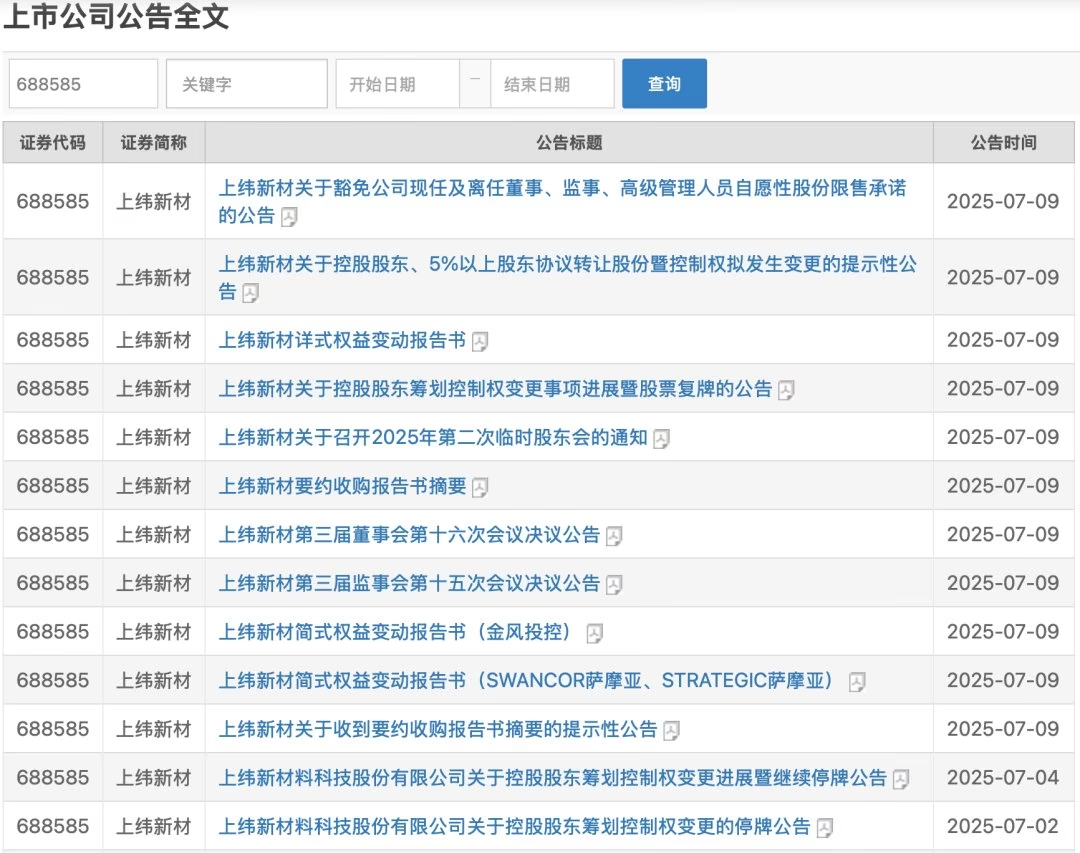
More DetailsResearchers from Intel, Boise State University, and the University of Illinois have uncovered something wild: chatbots can get hoodwinked by “InfoFlood” attacks when they’re slammed with a mountain of information, making them totally break their safety rules. This finding totally pulls back the curtain, showing that even with safety filters humming along, sneaky users can still manipulate models to sneak in nasty stuff. It’s a huge wake-up call, highlighting a big need for tougher AI security measures. Yikes! 🚨🛡️
Open Source TOP Projects
- Alibaba Tongyi just open-sourced WebSailor, their network intelligent agent packing serious reasoning and retrieval power. This agent totally nailed it in both Chinese and English task evaluations, outperforming a bunch of closed-source models. This move isn’t just about boosting the technical standardization of domestic AI Agents and making it easier for businesses to jump in; it also signals the full takeoff of the AI Agent economy. So, related vertical industries and SaaS companies? They’re definitely worth watching for investors! 🚀👀
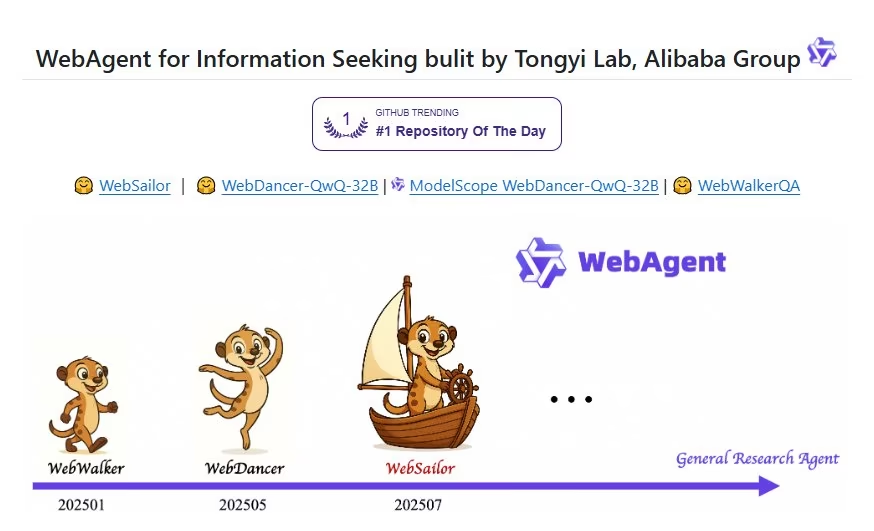
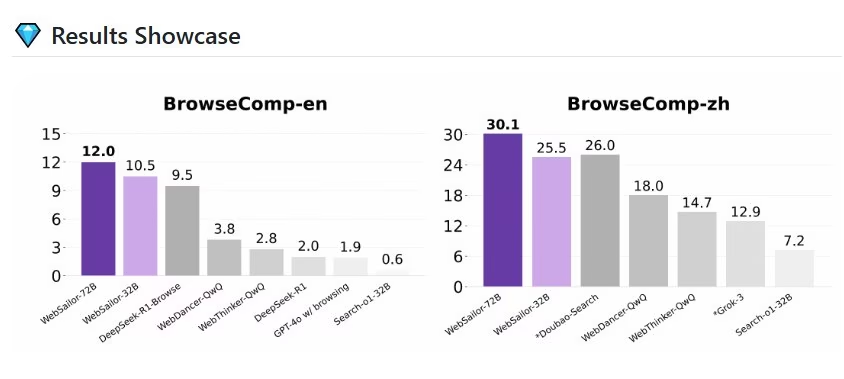
Project Link - genai-toolbox is an open-source MCP server rocking 3,595 stars. It’s built specifically for databases, giving you all the essential tool support you need. Talk about handy! 🛠️✨ Project Link
- res-downloader is a super useful tool with 8,098 stars. It lets users easily snag all sorts of online goodies from platforms like Video Accounts, Douyin, Kuaishou, and Xiaohongshu, including live streams and all kinds of music. This tool is all about fixing that headache of cross-platform content downloading. Nifty! 🚀🔗 Project Link
- proxypin is an open-source, free HTTP(S) traffic capture software boasting 9,316 stars and rocking on all platforms. It’s a killer tool for developers, making network traffic analysis a breeze. Seriously, it turns complex packet capture into something super easy and fast! 📊💻 Project Link
- Strapi, as a leading open-source headless CMS, is insanely popular with 67,365 stars! It dishes out a 100% JavaScript/TypeScript based, fully customizable development experience. This bad boy is all about making content management a cinch for developers and letting them crank out all sorts of modern apps efficiently. What a star! ✨💻 Project Link
- MNN is a blazing-fast, lightweight deep learning framework that’s already proven its mettle in Alibaba’s key business scenarios. Its core features include full multimodal LLM Android apps and local 3D avatar smarts, making it perfect for efficient AI deployment. It’s currently racking up 12,320 stars! 🚀📱 Project Link
- fzf is a slick, efficient command-line fuzzy finder. It’s built to help users zoom in on files and entries super fast right from their command line. And guess what? It’s currently boasting a whopping 71,678 stars! ✨🔎 Project Link
Social Media Shares
- Independent developer Cheng Yi Truman recently dished out his year-long experience summary, highlighting two major rookie mistakes indie devs should totally dodge in the AI era. First up: chasing perfection too hard, which just means products never launch or get over-optimized. Second: burying their heads in code and totally ignoring ops, promo, and figuring out what users actually need. His hot tip? Indie developers gotta spread their efforts evenly across demand, promotion, and coding. Smart! 🧠💡 More Details
- Guizang (guizang.ai) spilled the tea, saying that your Twitter game is seriously crucial – it can even get “crappy content” high exposure! He called out Chinese AI companies going global, noting that their official Twitter operations pretty much suck across the board, with only Manus really nailing it. So, he’s planning to kick off a Twitter ops course to help these Chinese outbound AI companies boost their social media promo efficiency. Get ready to tweet smarter! 🐦📈 More Details
- Guizang (guizang.ai) flexed a series of sick, near-future high-tech weapon sketches generated using some specific style code and prompts. He was totally blown away by the results, calling it “god-tier style code.” These sketches really show off the killer visual generation chops you get when code and prompts team up. Wild stuff! 🤯🎨


More Details - Rabbit Tear Chicken Lord (兔撕鸡大老爷) posted, spilling the tea that Manus is slashing jobs big time, with two-thirds of their China-based employees being let go. This wild ride even led to Beijing Butterfly Effect Technology getting rebranded as Singapore Butterfly Effect Technology. Talk about a shake-up! This whole situation really spills the beans on how multinational tech companies are shifting gears and changing operations in China. 📉😟
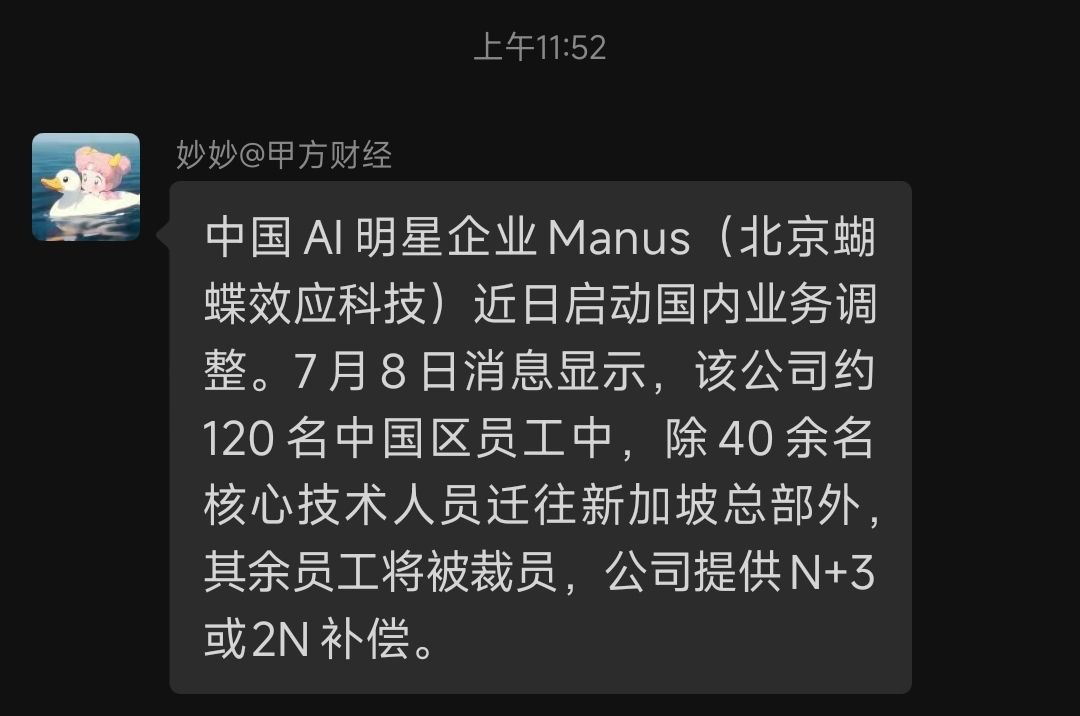
More Details - Baoyu took a deep dive into the hidden costs and efficiency traps of “vibe coding” (AI-assisted code generation) by comparing it to a slot machine. His take? Even though it seems like an easy win on the surface, it often ends up gobbling up tons of time and effort, and guess what? The model vendors are the ones really raking it in. Food for thought, huh? 🎰💡

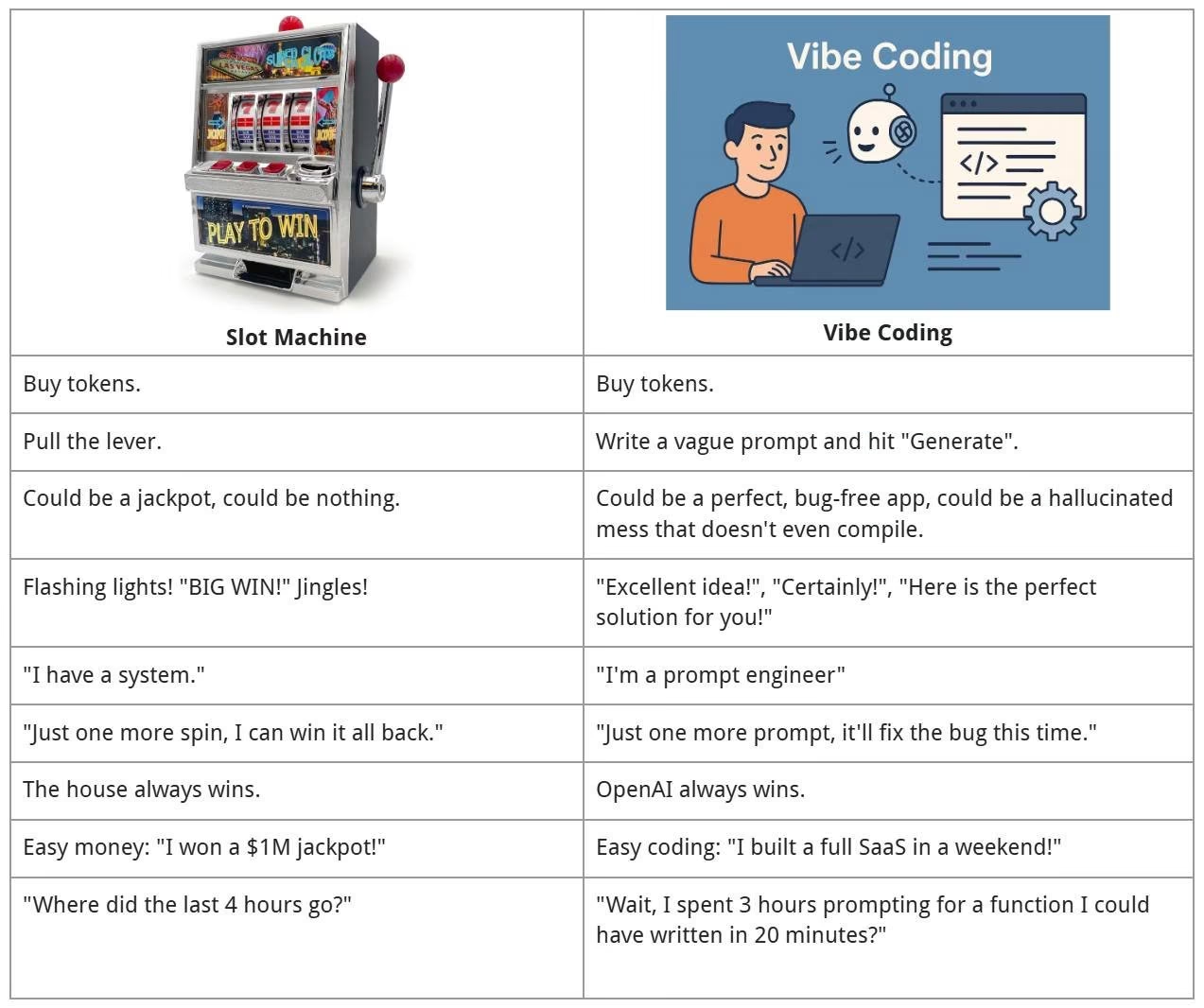
More Details
Listen to the Voice Version of AI Daily
| 🎙️ Xiaoyuzhou | 📹 Douyin |
|---|---|
| Laisheng Xiaojiuguan | Self-Media Account |
 |  |